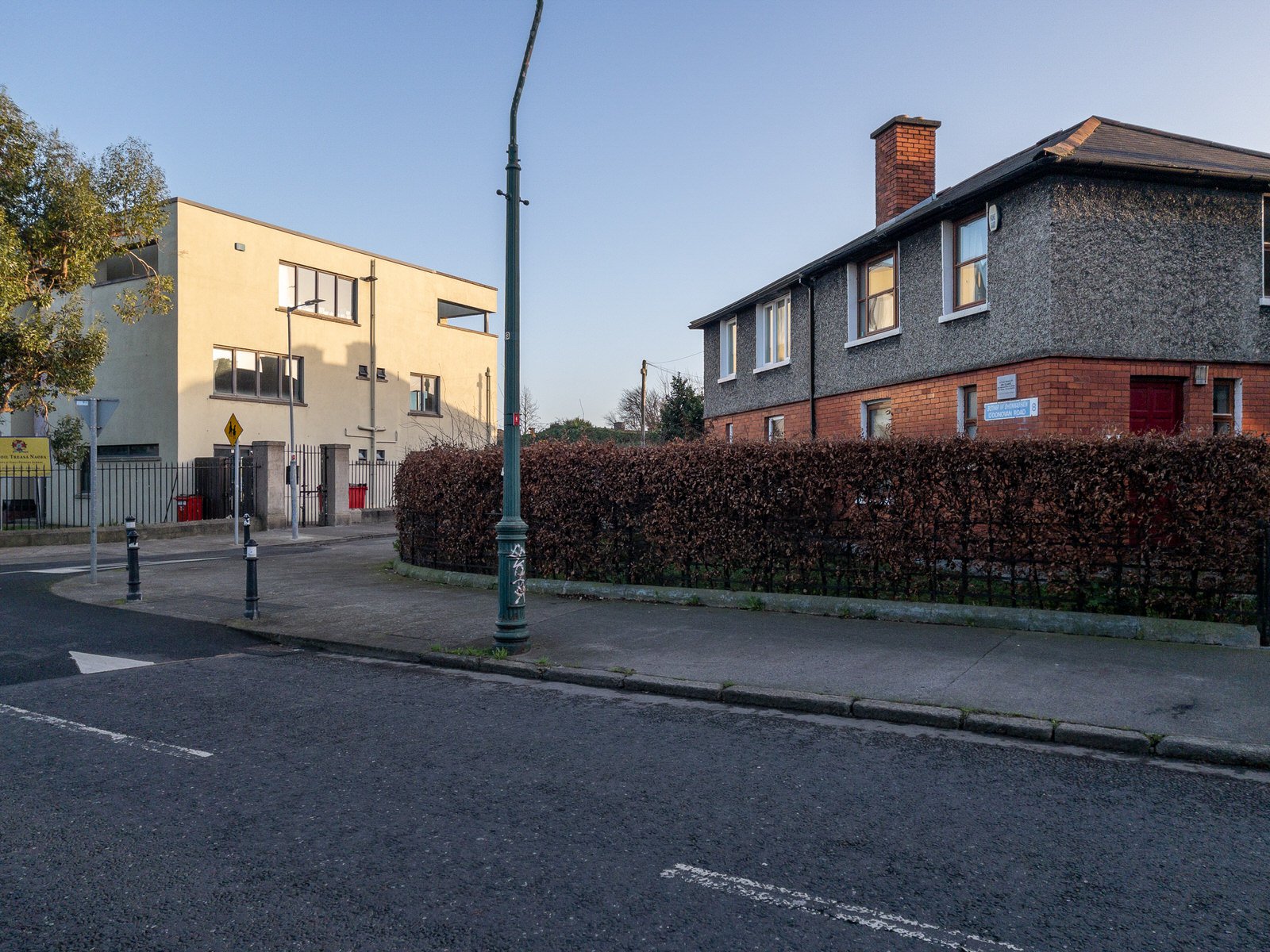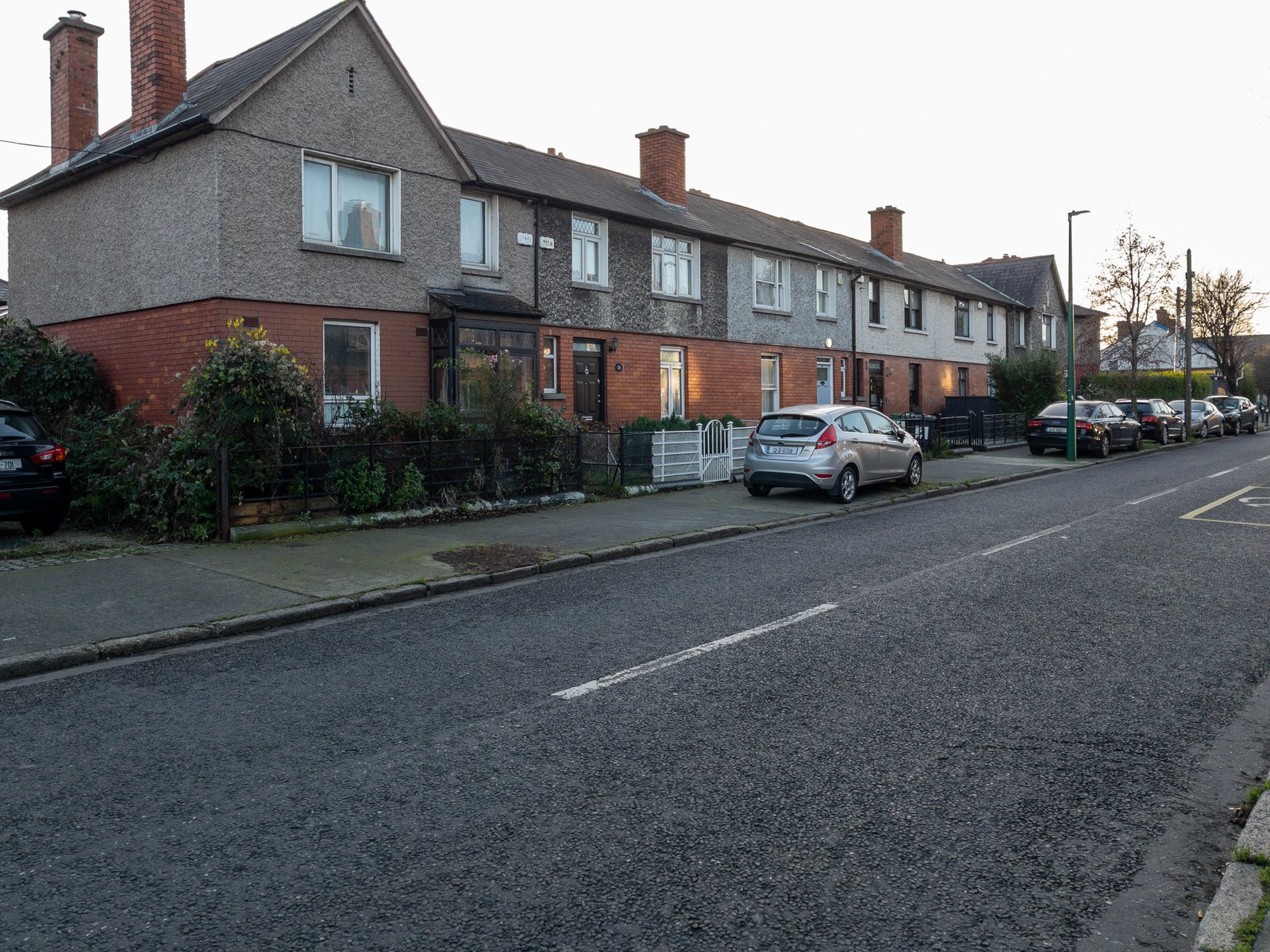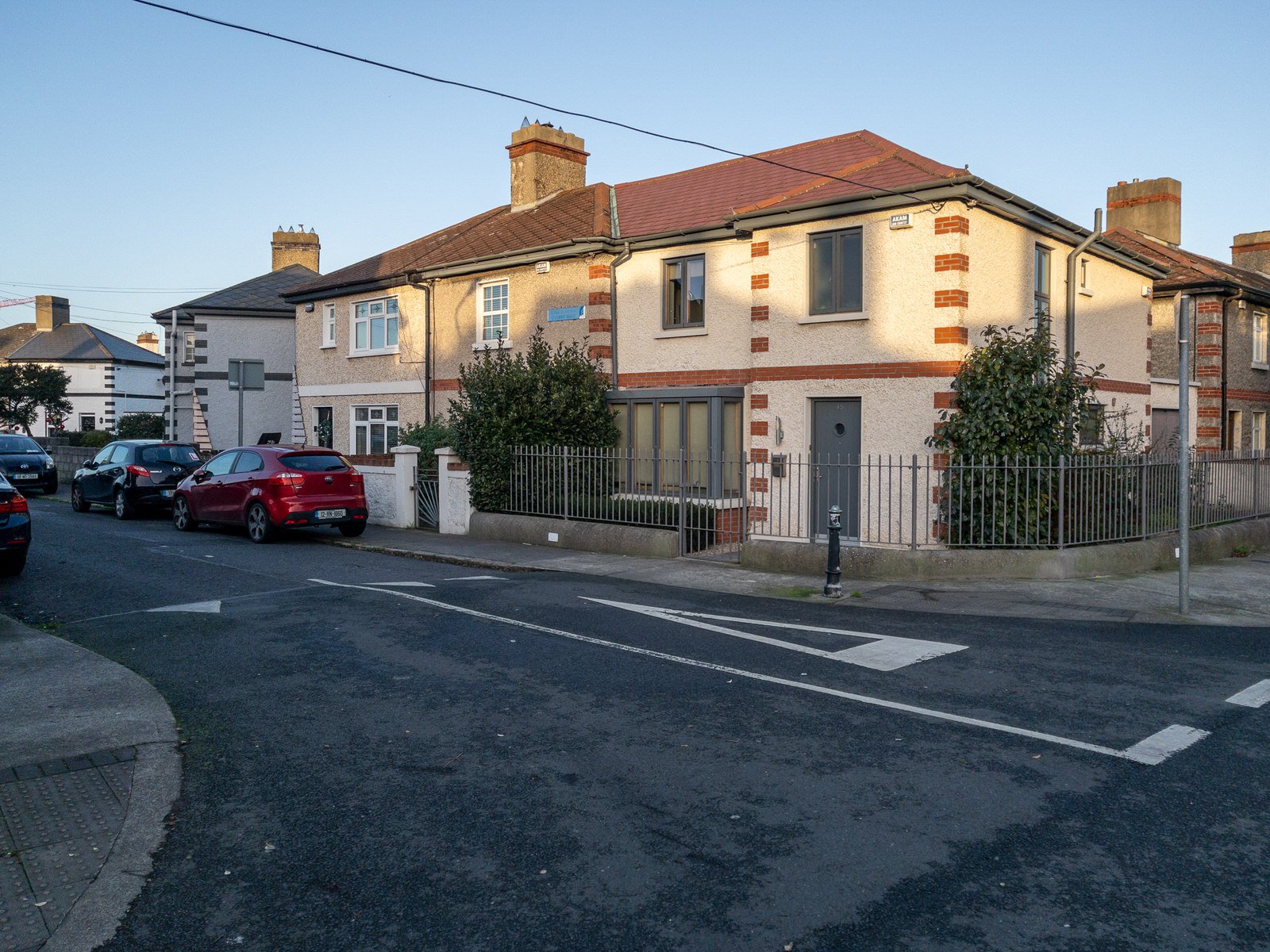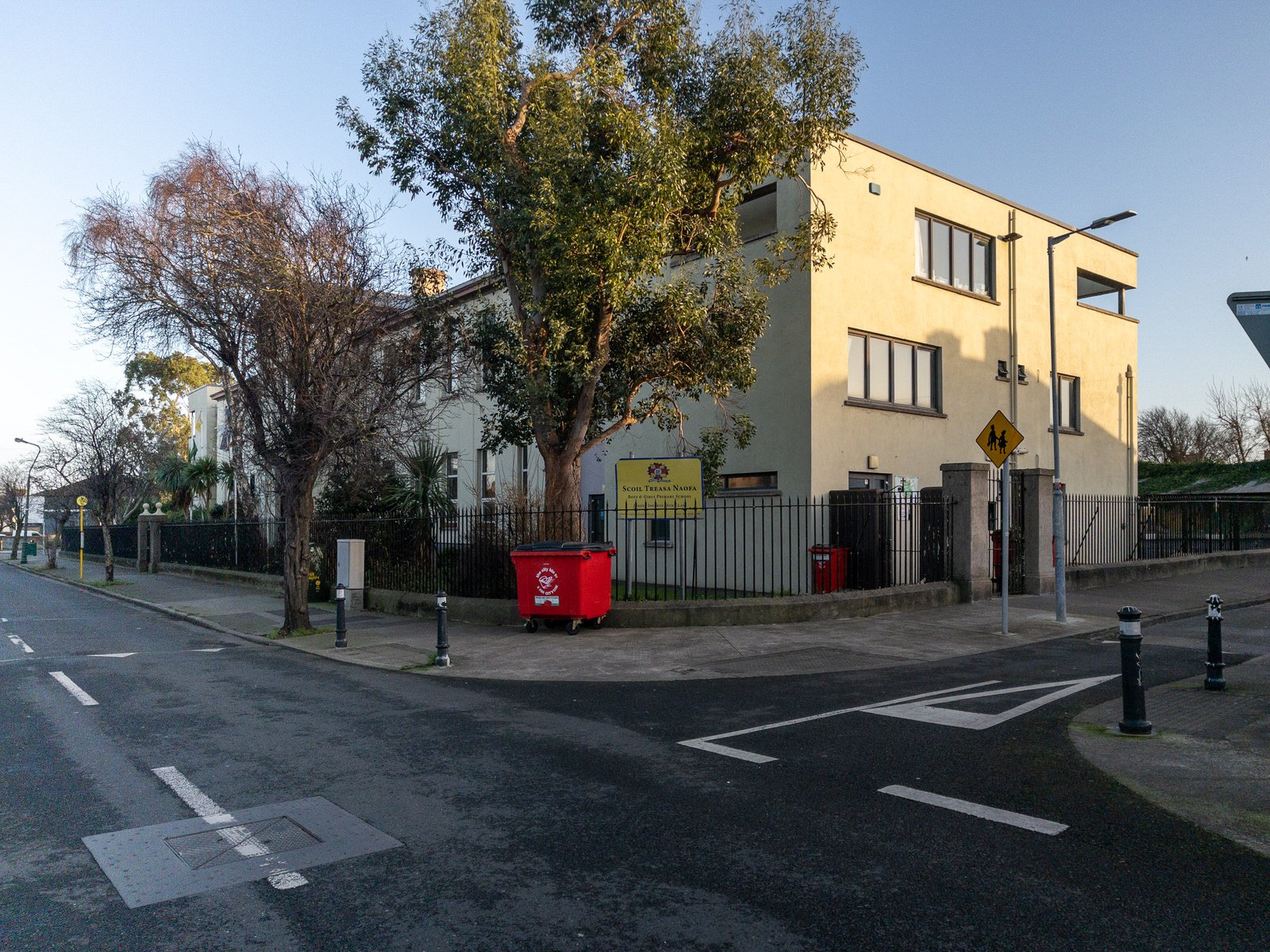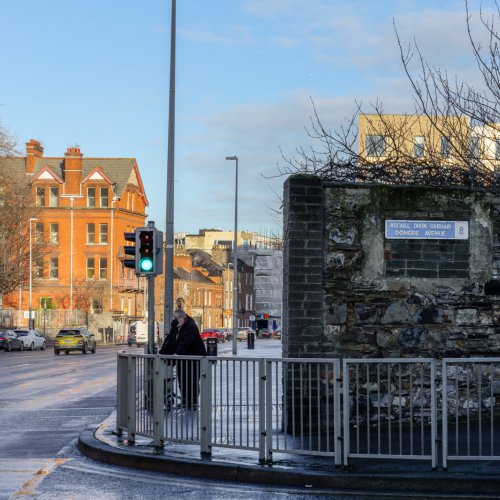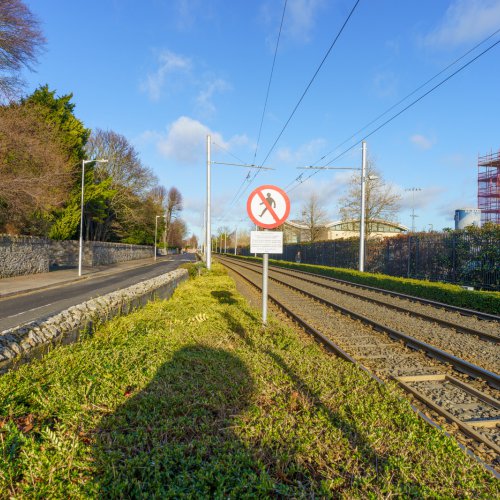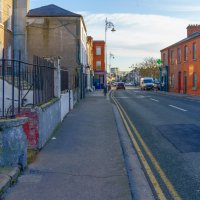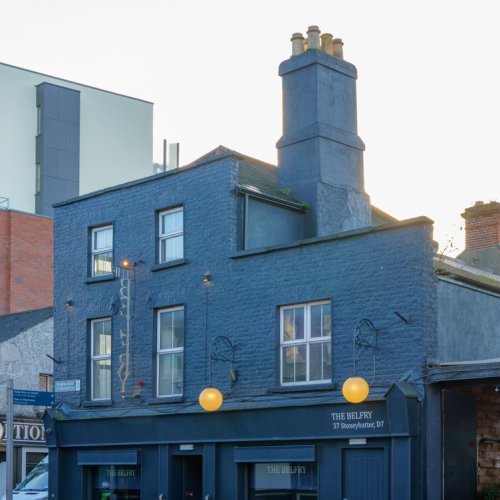The Tenters is an area in Dublin 8 bordering the Liberties, Blackpitts, Donore Avenue and Newmarket Square. It is within a short walk to Grafton Street, St Stephen’s Green and Christ Church Cathedral.
Today there is a stone on Clarence Mangan Road which reads as follows: “This area is known as the Tenters — because linen cloth was stretched out to bleach in the sun. When the linen trade failed, the fields were used for market gardens, until this housing scheme was built.”
The area was once known as Fairbrothers Fields a housing project that was to be built in response to what was, at the time, a critical housing crisis . Plans were produced for four different schemes and the British Government promised £4 million but the 1916 Rising interrupted the project as the money was used to rebuild the City Centre of Dublin. In April 1918 a tender was accepted for the first project at Spitalfields which is off Francis Street. The next development was St James’s Walk, also known as Colbert’s Fort, followed by Ceannt Fort near St James’s Hospital. The Fairbrothers Fields site was the last project to be undertaken.
The Fairbrothers were Quakers and the site had been used for market gardening. The Tenters, an older name for the area, comes from the earlier practice of drying linen stretched across wooden frames known as tenters.
Some of the streets in the area are listed below:
St Thomas’s Road after an abbey that had stood nearby
Oscar Square named after Oscar the son of Oisín of Na Fianna rather than Oscar Wilde
Clarence Mangan Road in honour of the poet O’Carolan Road after the famous Irish harpist
O’Curry Road [I am guessing] Eugene O'Curry (20 November 1794 – 30 July 1862) was an Irish philologist and antiquary.
O’Donovan Road,
Geoffrey Keating Road [I am guessing] Geoffrey Keating was a 17th-century historian. He was born in County Tipperary, Ireland, and is buried in Tubrid Graveyard in the parish of Ballylooby-Duhill. He became an Irish Catholic priest and a poet. Petrie Road [I am guessing] George Petrie (1 January 1790 – 17 January 1866) was an Irish painter, musician, antiquary and archaeologist of the Victorian era[1] who was instrumental in building the collections of the Royal Irish Academy and National Museum of Ireland.
